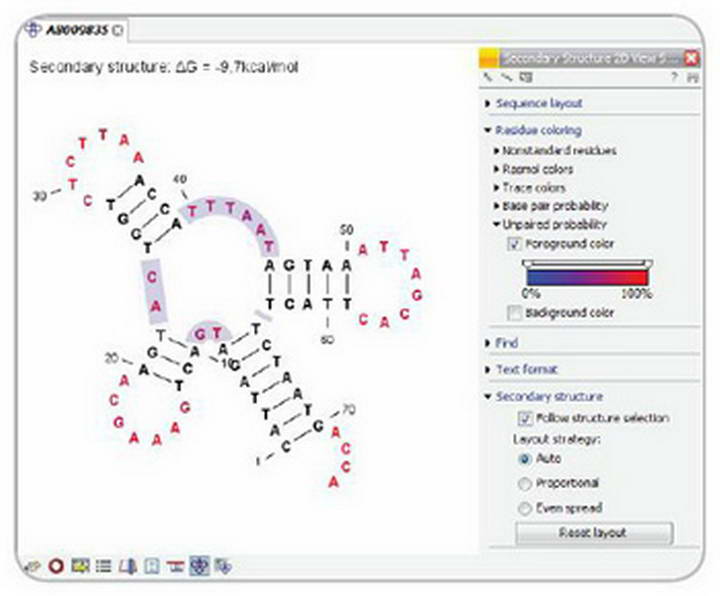
In silico similarity search of putative p53-binding sitesĪ total of 3,033 hits for the RRRCWWGYYYNRRRCWWGYYY motif were found in the Danio rerio genome ( Table S1), according to the PatMatch scanning analysis, with a substantially uniform pattern distribution among the 25 chromosomes (2.25 patterns per Mb, on the average). Our approach expanded the number of direct p53 target genes in this organism. Here, we designed and biochemically validated a computational tool to identify p53-target genes in Danio rerio (zebrafish). Therefore, the identification and characterization of a species-specific p53 BS consensus sequence and of the associated target genes may help to provide new insights into the evolution of the p53 regulatory networks across different species. For instance, human and mouse p53 proteins share a high sequence similarity and exhibit analogous biochemical functions and transactivation activity, while they diverge evolutionarily, both in terms of the p53 binding site (BS) sequences and, as a consequence, in terms of the p53-transcriptional network 15, 17, 18. p53 REs can be located anywhere within its target gene locus 9, even if most of them are commonly found in the promoter region at varying distances upstream the transcription starting site (TSS), as it is the case of p21 and noxa genes 11.ĭifferences in RE sequences can strongly impact on the p53 transactivation capacity and occur even between closely related species 12, 13, 14, 15, 16. On the basis of X-ray crystallography of the p53–DNA complex, the 6 nucleotides 5′-RCWWGY-3′ are the most critical ones, which come into close contact with the core DNA-binding domain of the p53 protein 10. As a consequence of the cellular homeostasis and microenvironment variations, the level of p53 protein accumulation, the ability to interact with other proteins, and DNA binding activity and specificity were all finely tuned.Īs a transcription factor, p53 recognizes its target genes by binding to a specific double-strand DNA sequence or response element (RE) composed of two palindromic, decameric half-sites of the general form: RRRCWWGYYY (where R stands for purine, Y for pyrimidine, W for adenine or thymine) separated by a 0–15 bp long spacer 9.

Among sequence-specific transcription factors, p53 is a master regulator that, in response to stress conditions, coordinates the expression of a large set of target genes involved in a number of complex regulatory networks, which fulfil several important biological functions, such as apoptosis 1, cell cycle regulation 2, senescence 3, cell differentiation, motility, and migration 4, 5, 6, 7, 8. Transcriptional networks evolution depends also on a number of modifications of master regulators ( trans-evolution) or changes in cis-regulatory sequences ( cis-evolution). The intricate pattern of gene regulation involves the concerted action of both cis- and trans-acting transcription factors which bind to short nucleotide regulatory sequences in DNA modulating the expression of physically adjacent or very distant, even located on different chromosomes, coding sequences. The proposed combinatorial approach resulted to be highly sensitive and robust for identifying new p53 target genes also in additional animal species. Our study identified runx1, axin1, traf4a, hspa8, col4a5, necab2, and dnajc9 genes as novel direct p53 targets and 12 additional p53-controlled genes in Danio rerio genome. Prioritization analysis identified a subset of 134 candidate pattern-related genes, 31 of which have been investigated in further biochemical assays. Screening all the Danio rerio genome by pattern-matching-based analysis, we found p53 RE-like patterns proximal to 979 annotated Danio rerio genes. Here, we designed and biochemically validated a computational approach to identify novel p53 target genes in Danio rerio genome. Although p53 functions were studied in a wide range of species, little is known about the p53-mediated transcriptional signature in Danio rerio.

Therefore, the identification and characterization of a species-specific p53 Binding sistes (BS) consensus sequence and of the associated target genes may help to provide new insights into the evolution of the p53 regulatory networks across different species. Differences in RE sequences can strongly affect the p53 transactivation capacity and occur even between closely related species. To orchestrate the genomic response to cellular stress signals, p53 recognizes and binds to DNA containing specific and well-characterized p53-responsive elements (REs).


 0 kommentar(er)
0 kommentar(er)
